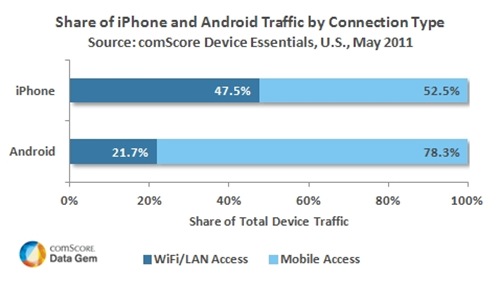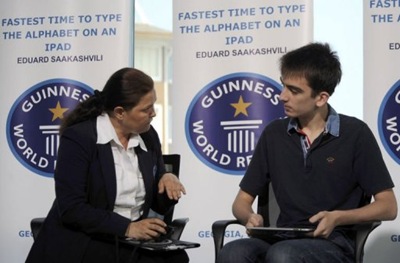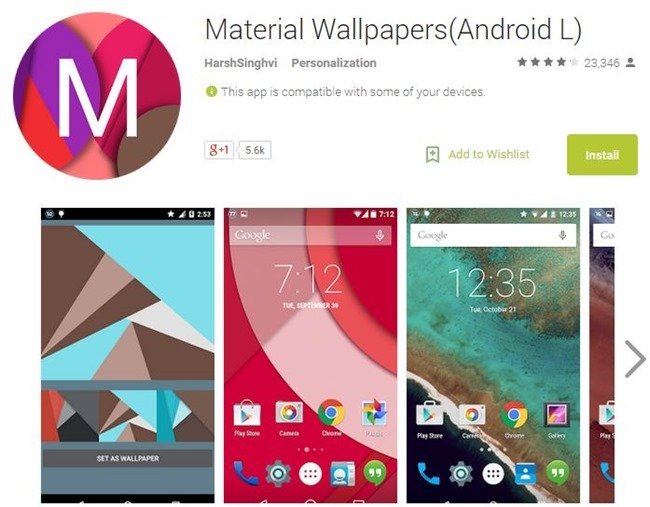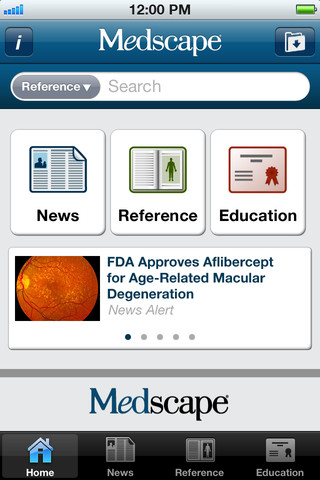If you are using a smartphone and a data plan with it, you might be wondering where did your monthly limit go. With the number of services available and an app for every little thing, it should be hard to keep track of the usage. But you can get a broader picture. There are essentially 9 culprits which are eating up your data bill. Streaming video is at the top of the list.
PhysOrg lists down top 9 things which suck out your smartphone data bill :
- Streaming video and videoconferencing : 1 minute of Youtube eats up 2 megabytes of your data plan. Better watch those videos when you are on WiFi.
- Streaming audio : When compared to video, audio seems innocuous but in reality it isn’t. Streaming audio consumes 25% of what video consumes. 10 minutes of streaming audio a day will eat up your 200 MB plan.
- Photos : A must in these days, photo sharing is one of the culprits but isn’t a big one. If you are on a 200 MB plan, you can share up to 10 photos per day.
- Maps : If you are on the go, firing up Maps is a favorite pastime. Maps can use significant data as maps are built out of images.
- Web browsing : A lot depends on how a website is built. Rich graphics, less text consumes more and text only sites consume less.
- Facebook : Checking facebook is almost equivalent to web browsing.
- Email : Without attachments, email doesn’t consume much as it is all text.
- Twitter : Much less than email and thanks to the 140 character limit, Twitter doesn’t consume much. Unless you have a data hogging twitter client on your phone.
- Weather apps : A niche app like a weather app apparently consumes less data than let’s say getting the same information by browsing. This is a revelation of sorts and all the more reason to scout for new nifty apps.
Wouldn’t’ it be neat to get a similar break-up for battery too?
To keep the smartphone bills in check, many mobile workers are using WiFi instead of their data networks. This graph from ComScore illustrates it further:
Comscore
47.5% of iPhone users and 21.7% of Android users in the US used WiFi for accessing the Internet. Which means subscribers are being smart about it but just not with phone but with the mode of access. Mobile networks like 3G and 4G alone are not sufficient. Especially if more people get their hands on smartphones. Concentration on WiFi and WiFi hotspots is paramount if we have to keep up with the always-connected demand without making it a luxury.
Image credit








